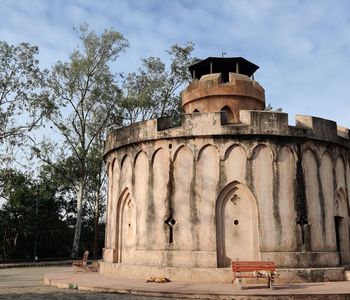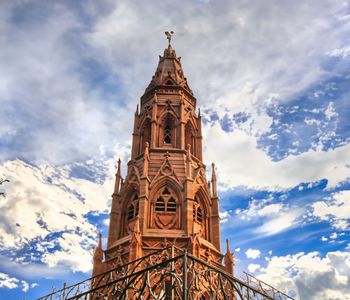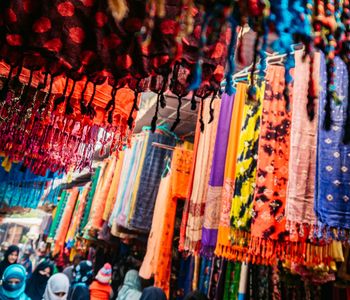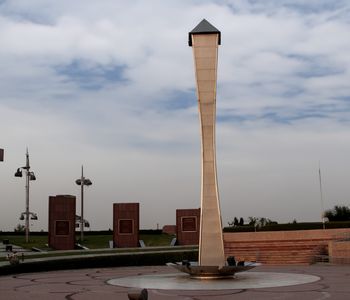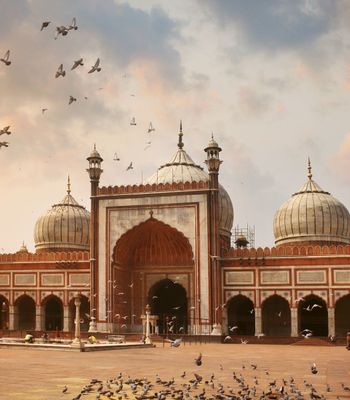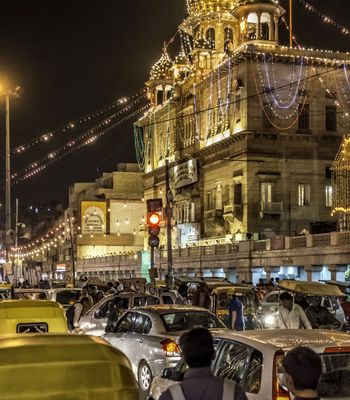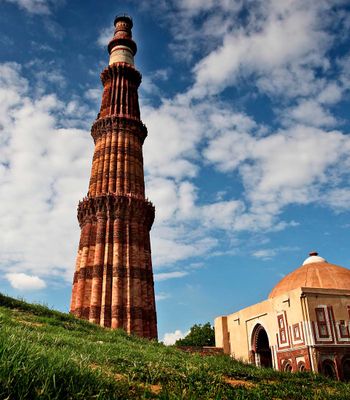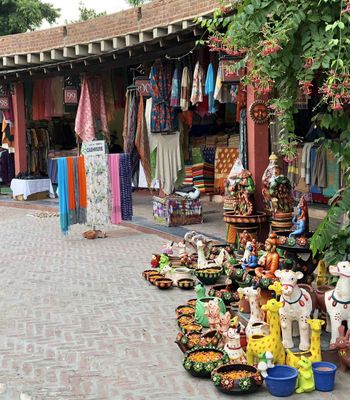William Fraser’s Bungalow isn’t just a relic from 1803; it’s a shadowy witness to the politics, betrayals, and underground movements that shaped Delhi’s fate.
Set near the Yamuna and cloaked in Indo-Saracenic elegance, this historical site holds chilling secrets beneath its calm exterior, from hidden tykhanas to blood-stained tunnels that once echoed with whispered orders and silent disappearances.
If walls could talk, this bungalow would have a lot to say, and not all of it would be easy to hear.
The Story Behind William Fraser’s Bungalow
William Fraser’s Bungalow isn’t just an old building; it’s a silent witness to Delhi’s most dramatic chapters. Built in 1803, this historical residence belonged to William Fraser, a British civil servant who served both under British rule and the last Mughal emperor, Bahadur Shah Zafar.
Constructed in the elegant Indo-Saracenic style, the bungalow originally had two main blocks. Deeply drawn to Mughal culture, Fraser’s admiration is reflected in every corner of this structure.
The Enigmatic Architecture of William Fraser’s Bungalow
William Fraser’s Bungalow, once the stately home of a British civil servant deeply immersed in Mughal culture, is far more than just a colonial-era relic. The structure is now part of the Northern Railways office, but its architectural roots and underground secrets still whisper stories from a dramatic past.
Designed in an eclectic blend of Gothic, Mughal, and Hindu elements, the bungalow consists of two blocks that were later joined. Though damaged during the Revolt of 1857, it was carefully restored, which led to slight variations in architectural features. Its heritage and aesthetic value were recognised in 1998 when it received the DDA’s Adaptive Urban Heritage Award.
Lesser-Known Facts About William Fraser’s Bungalow That Will Leave You Intrigued
While the history books may not rave about William Fraser’s Bungalow, this 19th-century structure is full of secrets and stories that most Delhiites have never heard of. Here are some lesser-known facts that make this place fascinating:
- The old lobby, now part of a railway office, still has the elegant arches that once served as a waiting salon during Fraser’s time. You can almost hear the echoes of polite colonial-era conversations.
- Long before Fraser moved in, the site housed a Mughal underground chamber (tykhana). Fraser tore down the old structures above but chose to preserve this cool, mysterious dungeon below.
- Beneath the bungalow lie three now-sealed tunnels, one headed toward the Yamuna, one supposedly connecting to Agra via the Red Fort, and another possibly leading toward St. James’s Church. These dark passages were once used to transport prisoners in secret.
- Fraser’s bungalow has four minarets that doubled as sentry posts. Visitors lucky enough to climb up are treated to an old-world rooftop view from where guards once scanned the horizon.
William Fraser’s Bungalow may not feature on the typical Delhi tourist map, but for those who seek stories beyond the usual, it offers a rare, unfiltered glimpse into the city's layered past. Whether it’s the mystery of sealed tunnels, the elegance of its fading arches, or the shadows of history it quietly preserves, this hidden gem stands as a solemn reminder of an era both fascinating and fraught.


